The Havana Barrio of Mantilla

Photo Feature by Idania Cardenas
HAVANA TIMES – Some claim that the origin of the settlement dates back to 1822 when, in the place where the neighborhood is today, a tavern called Mantilla appeared where those who made their way between the settlements of La Palma, Calvario and Managua stopped. At that time the most important town was Calvario, founded in 1935. In 1976, the new political-administrative division separated it and converted it into an independent Popular Council.
The first inhabitants of Mantilla dedicated themselves to various crops, but they soon abandoned agriculture to dedicate themselves to commerce and services around which the neighborhood gained importance.
In Mantilla there is a unique monument known as the Marti building or “El Mirador”, undoubtedly one of the most unique buildings in Havana and all of Cuba, with the addition that it serves as a pedestal for the image of the National Hero Jose Marti. This building was built in 1958, financed by Adolfo Carbonay Macias, whose grandfather (Andres Carbonay) had met Jose Martí in Tampa and was a member of the liberating army in the Florida expedition (Tampa-Cuba), led by General Lacret and organized by Tomas Estrada Palma.
Identified with the ideas of the apostle and wanting to highlight China’s participation in one of Cuba’s wars of independence, Adolfo Carbonay decided to give it the shape of a Chinese pagoda with the bust of Martí at the top.
Mantilla is a neighborhood on the outskirts of the capital belonging to the Arroyo Naranjo municipality, where the renowned writer Leonardo Padura, a Cuban novelist, essayist lives. He was born and raised in this barrio, and he told me in a short interview that this is where he finds inspiration to write his novels. Mantilla is a neighborhood where you go out for a walk along the Managua road and find the motorcycle taxis, the forklift drivers, pedestrians, the comings and goings of everyday life.

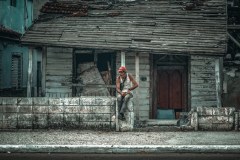
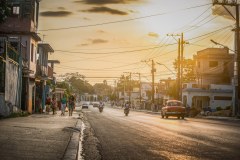
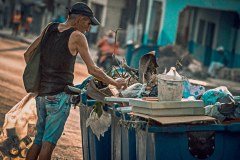

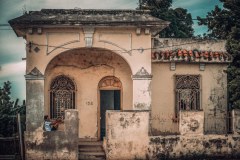

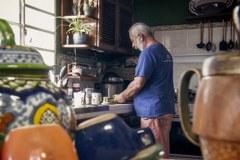
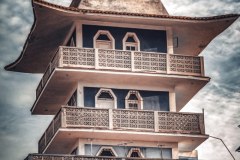

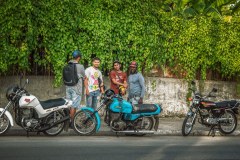
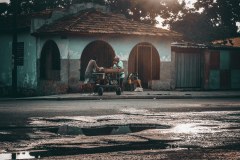

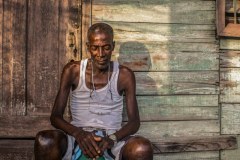
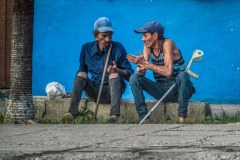


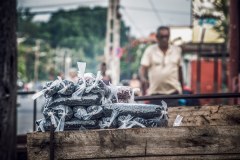
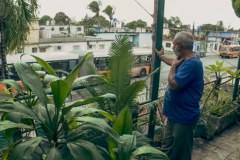
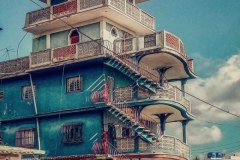
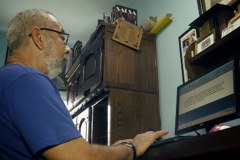
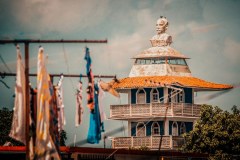





Si excelente trabajo!
Excelente trabajo